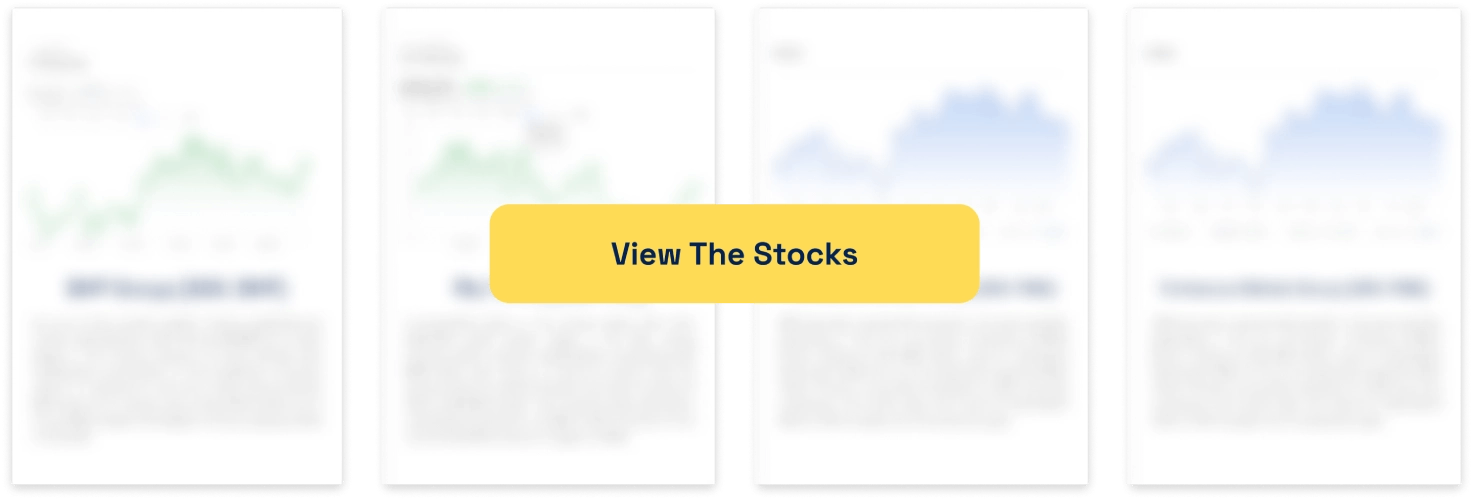Gold Is At Record Highs: Is Now a Good Time to Invest?
![]() Ujjwal Maheshwari, June 9, 2025
Ujjwal Maheshwari, June 9, 2025
As of mid-2025, gold is at record highs – at over A$5,000/oz! This surge has attracted strong attention from both seasoned investors and those new to the market. With ongoing global uncertainties, inflation pressures, and market volatility, many are asking the same question: Is now a good time to invest in gold?
To answer, let’s look at what’s driving the current rally, whether the price is sustainable, and what investors should consider before making a move.
The Current State of Gold Prices in 2025
The gold price reached a new record high of just above US$3,500 per ounce in April 2025, based on intraday trading levels. This marks a significant rise from the previous highs seen during pandemic-era stimulus cycles and inflationary periods. Since then, prices have slightly eased and are hovering around US$3,340–3,350 per ounce as of early June 2025.
So far in 2025, gold has delivered returns of nearly 25 to 30 per cent, outperforming most equity indices and many commodities. This rise is largely attributed to a flight to safety among global investors, who are increasingly seeking protection against a weakening macroeconomic backdrop.

Here’s Why Gold Is At Record Highs!
Several powerful factors are currently fuelling the upward momentum in gold prices.
One of the main drivers is aggressive buying by central banks. According to Metals Focus, global central banks are on track to purchase around 1,000 tonnes of gold in 2025, marking the fourth consecutive year of strong demand. These institutions are diversifying away from the US dollar, especially amid rising geopolitical tensions and sanctions.
Alongside this, macroeconomic instability—such as slow growth in developed markets, unpredictable policy shifts, and persistently high inflation—is encouraging investors to shift part of their capital into safer assets like gold.
Additionally, the US dollar has weakened against several major currencies this year, making gold more attractive for non-dollar investors. Lower bond yields have also played a role in the gold price spike, as investors look for alternatives that can preserve capital without sacrificing returns.
Lastly, demand from both institutional and retail investors remains strong. Gold-backed exchange-traded funds (ETFs) recorded solid inflows through the first four months of 2025, although May saw a net outflow of roughly US$1.8 billion; demand in Asia, particularly India and China, continues to underpin physical gold consumption.
What Are Analysts Forecasting for the Rest of 2025?
Market forecasts for gold prices in the second half of 2025 remain broadly optimistic. Goldman Sachs has projected a gold price of US$3,700 per ounce by the end of the year, with the potential to rise as high as US$3,880 if a global recession were to unfold.
Bank of America had previously forecast gold prices around US$3,000. These bullish estimates are grounded in continued strong demand, slow economic recovery in the US and Europe, and concerns about asset bubbles in other markets.
On the flip side, Morningstar has warned of a potential medium-term correction, citing the risk of oversupply and waning demand from retail investors. They estimate that the gold price could fall back to around US$1,820, a drop of more than 35%, if macroeconomic risks subside or if profit-taking gains momentum.
Risks Investors Should Be Aware Of
Despite the bullish sentiment, investing in gold is not without its risks. The most immediate concern is the potential for a short-term correction. Reports suggest that gold prices could fall by 12 to 15 per cent over the next couple of months due to technical resistance and market consolidation. In previous cycles, similar run-ups have often been followed by pullbacks as investors lock in profits. Morningstar has also flagged the possibility of a more significant decline in the medium term, driven by increased mining activity. Elevated prices tend to attract new supply into the market, and if production ramps up without a corresponding increase in demand, prices could come under pressure.
Another risk lies in shifting global sentiment. Should geopolitical tensions ease, or if the US economy shows stronger-than-expected growth, investor appetite for safe-haven assets like gold could weaken. Similarly, if central banks scale back their gold buying or begin to favour other reserve assets, institutional demand may taper off. These factors could create headwinds for gold, particularly in an environment where interest rates begin to normalise or inflation begins to cool.
Should You Be Buying Gold Right Now?
Whether it’s a good time to buy gold largely depends on your investment goals, risk tolerance, and time horizon. For investors looking to diversify their portfolios, gold can offer a useful hedge against inflation, currency depreciation, and stock-market volatility. The fact that gold has historically preserved value during economic downturns makes it particularly attractive in today’s uncertain climate.
However, given the current high price levels, investors should approach with caution. Rather than committing a large sum all at once, many financial experts recommend a dollar-cost-averaging approach. This means buying gold in small amounts over a longer period, which helps mitigate the impact of short-term price fluctuations. It’s also important to limit your overall exposure. Most advisers suggest allocating 5 to 10 per cent of your portfolio to gold, depending on your circumstances.
Investors should also consider the form in which they invest. Physical gold offers a sense of security and tangibility, but comes with storage and insurance costs. On the other hand, gold ETFs offer easier access, liquidity, and lower costs, though they may lack the direct ownership that some investors prefer. Gold-mining stocks or funds can offer leveraged returns during bull markets, but carry operational risks that physical gold does not.
A Sensible Strategy for Gold Investment
For those considering an investment in gold in 2025 (whether a mining company, a junior explorer or developer, an ETF or even the metal itself), the key lies in maintaining a disciplined and balanced approach.
Start by determining the role gold should play in your portfolio—whether it’s for diversification, income stability, or inflation protection. Use a gradual accumulation strategy, such as monthly or quarterly purchases through ETFs or managed funds. This can help you avoid over-committing at the top of the market while also capturing potential upside if the rally continues.
Monitor market indicators closely. Keep an eye on inflation data, bond yields, central-bank commentary, and geopolitical events. These elements often provide early signals on the direction gold prices might take. Above all, reassess your position annually. If your holdings have grown disproportionately due to price appreciation, consider rebalancing to bring your portfolio back in line with your original allocation strategy.
Conclusion: Gold Prices Present A Golden Opportunity—With Caveats
The Gold price is currently enjoying a strong run and could continue to perform well in the months ahead. The combination of central-bank demand, economic uncertainty, and inflation risk creates a supportive backdrop for prices.
However, investors should remain aware of the potential for price corrections, especially after such a sharp rally. If you’re considering an entry, doing so gradually and within a defined allocation can help you manage risk while still benefiting from gold’s long-term appeal.
In short, now may be a good time to invest in gold, but only if you understand why you’re buying it and how it fits into your broader investment plan. As always, diversification, discipline, and regular review are key to making the most of your investment.
What are the Best ASX Stocks to invest in right now?
Check our ASX stock buy/sell tips
Frequently Asked Questions (FAQs)
- Why is gold reaching record highs in 2025?
Gold is trading near all-time highs due to a mix of global economic uncertainty, strong central-bank demand, a weaker US dollar, and persistent inflation concerns. Investors are increasingly turning to gold as a safe-haven asset in response to volatile markets and reduced confidence in traditional financial instruments.
- Is gold still a safe investment at these price levels?
While gold has risen sharply, it remains a popular choice for portfolio diversification and risk management. However, like any asset, it carries risks, especially if bought near peak levels. Investors should enter cautiously, ideally using a staggered investment strategy to minimise exposure to short-term fluctuations.
- What is the best way to invest in gold in Australia?
There are several options available for Australian investors. You can buy physical gold (bars or coins), invest through gold ETFs listed on the ASX, or consider gold-focused managed funds. Each option has its pros and cons regarding cost, storage, accessibility, and liquidity.
- Is gold a good hedge against inflation in the long run?
Historically, gold has served as a reliable hedge against inflation, particularly during periods of high economic stress or currency debasement. While short-term movements can be unpredictable, gold often retains purchasing power over the long term, making it a useful store of value.
- Can gold prices fall even during uncertain times?
Blog Categories
Get Our Top 5 ASX Stocks for FY25
Recent Posts
Oil Prices Spiked Overnight — Are Energy Stocks a Smart Move or a Trap?
Global oil prices spiked overnight, sending shockwaves through financial markets and capturing the attention of investors around the world. Brent…
There’s Gold in Them Hills: Why Some ASX Gold Miners May Still Be Undervalued
Why Some ASX Gold Miners May Still Be Undervalued “Gold is money. Everything else is credit.” – J.P. Morgan…
So your stock will release shares in escrow? What’s going to happen to the share price?
Just what are shares in escrow? And what happens when they are released? Essentially, escrow arrangements ensure that existing investors who…



